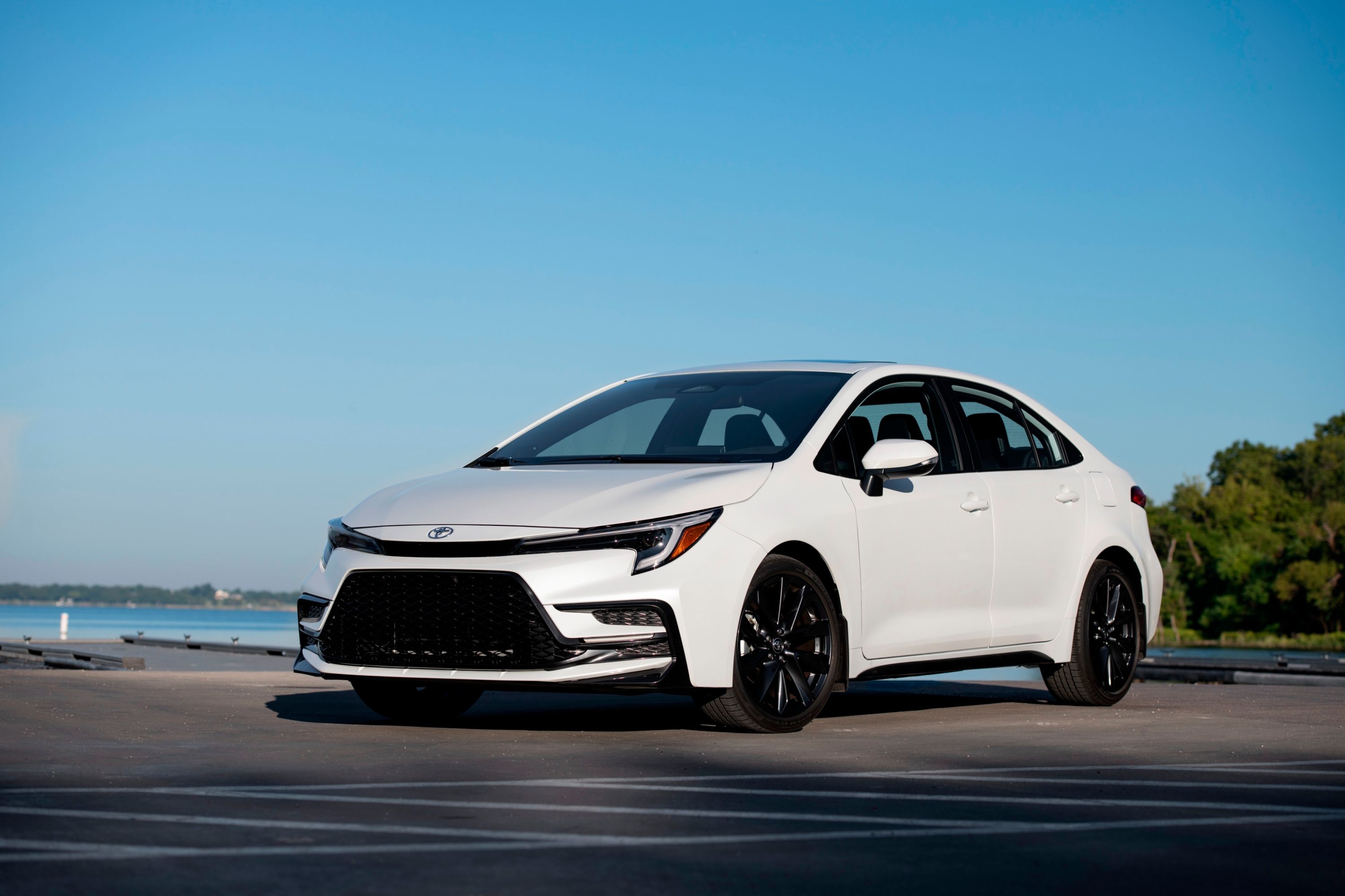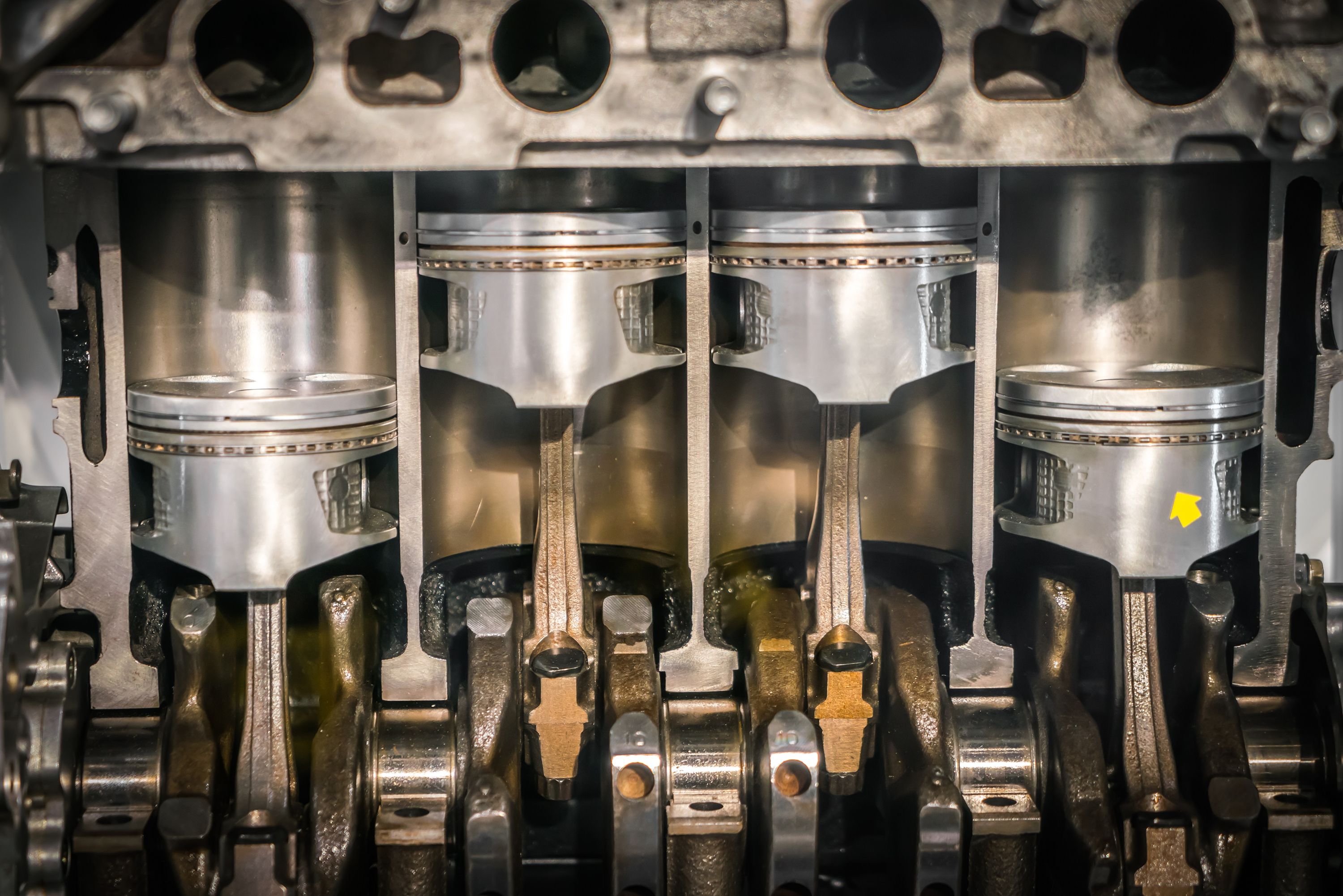
The internal combustion engine has been around for well over 150 years, and in that time has been honed into an incredible piece of technology. While the majority still don't understand how car engines work, others have a strong preference for certain types of car engines. From V8s all the way to flat-fours, there are many ways in which one can arrange a set of pistons. In this article, we'll be discussing the famed inline engine or straight engine as some call it, including the pros and cons of an inline engine, different engine cylinder configurations, and some of the more frequently asked questions relating to the inline family. So strap in, and get ready for a smooth journey.
What is an Inline Engine?
The inline engine has been with us in one form or another since the early 20th century, and one of the first examples of an inline-six was produced by Spyker in 1903. Most cars on the road today use an inline-type engine, and this engine configuration continues to outsell all others, including the V6 and V8.
The term "inline" refers to the configuration of the cylinders in the engine block. In an inline engine, the cylinders are positioned in a straight line and can be configured as an inline 2, 3, 4, 5, 6, or 8 cylinder engine. Manufacturers prefer to call four-cylinder variants "inline-four engines," while engines featuring six or eight cylinders get called "straight" engines. Inline engines are used in several applications, including aeronautics, and are cheaper to produce than the more complicated, but ever-popular, V-engines, or the compact horizontally opposed engines.
The inline engine is not only cheap to construct, but requires no balancing components, which reduces cost and complexity, and offers smooth power delivery and good torque due to a longer cylinder stroke.
Inline Engine Advantages and Disadvantages
Every engine configuration has its upsides and downsides. Reliability, capacity, weight, and more can all play a role in an engine's overall performance. Here is a breakdown of the advantages and disadvantages of the inline engine:
Famous Inline Engine Examples
A few of the most legendary examples of the inline motor to date include:
- Nissan RB - Nissan's range of RB engines has been used across a wide variety of applications, but is most famous for its use in the Nissan Skyline GT-R engine bay, where the motors were dubbed the RB26DETT. This engine features a cast-iron block with an aluminum head and six individual throttle bodies. Power was rated at around 316 horsepower at 6,800 rpm and 289 lb-ft of torque at 4,400 pm, although independent testing has shown that these engines can produce up to 400 hp from the factory n the R34 Skyline GT-R.
- Toyota 2JZ-GTE - The Toyota 2JZ engine is legendary amongst tuners and gearheads alike for its massive power capabilities, and one regularly sees these engines make over 1,000 hp, reliably. On the internet, anyway. The stock engine found in the turbocharged A80 Supra develops 320 horsepower and 315 lb-ft of torque, but the engine's cast-iron block can handle much more, and it's not uncommon to see cars with stock blocks push out well over 700 hp.
- AMG M139 - This is the newest engine on our list and one of the most impressive. Currently doing battle in the hyper hatch segment abroad in the A 45 S, Mercedes-AMG's M139 inline-four cylinder engine packs a massive 416 hp at 6,750 rpm and 369 lb-ft between 5,000 rpm and 5,250 rpm. These power outputs make it the most potent roadgoing 2.0-liter engine in the world.
- Honda F20C - Honda's F20C engine shot to stardom when it featured in the S2000, an RWD two-door sports car, and can rev up to 9,000 rpm. This naturally aspirated engine (the only of its kind on our list, although many Honda motors are brilliant) offered 123.5 hp per liter, which is still one of the highest figures to date, and made up to 246 hp in total in JDM spec. Its N/A specific output was only bested by the 4.5-liter V8 in the Ferrari 458 Italia in 2010, years after the Honda sportscar had gone out of production.
Notable mentions:
Audi DNWA TFSI 2.5-liter turbo (TT RS, RS 3)
BMW N54 3.0-liter twin-turbo straight-six (135i, 1 Series M Coupe)
BMW M50/S50 series 2.5-3.2-liter straight-six N/A (E36 328i, M3)

